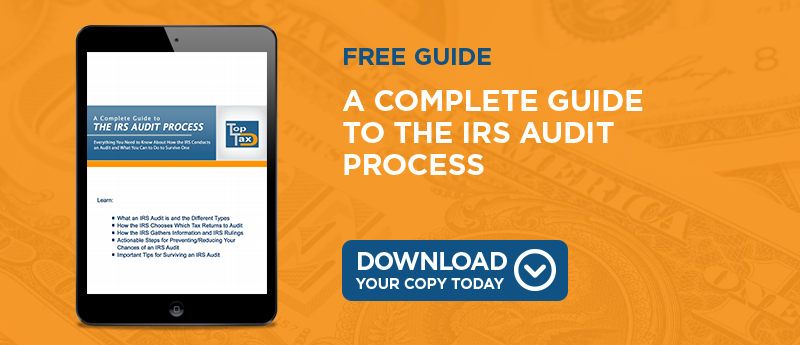
Dealing with an outstanding IRS tax debt is a stressful situation but it can be even more difficult to handle if you're facing a financial hardship. These situations, which could be caused by any number of factors, are not unusual for taxpayers who owe and want to settle back taxes. This is why the IRS extends a special provision for those who are dealing with financial hardship - the "Hardship" status which places a temporary freeze on your repayment requirements until your economic situation improves.
Possible Tax Designations
The "Hardship" status is also known as the "currently not collectible" designation. Both terms refer to the same thing - an account that has been halted due to low income or inability to meet basic living expenses while repaying the tax. A common example of this situation is an individual who has been disabled and is unable to work for a living. Along with the reduced income of not working regularly, this person may also have staggering medical bills to care for which the IRS could qualify as a "hardship" situation.
Applying for the Financial Hardship Provision
To be considered for this arrangement, you'll have to fill out IRS Form 433-A which requires you to submit detailed information about your incoming income, the value of your assets and your current expenses. Part of this information includes stating the monthly amounts of your food, transportation, utility and mortgage payments. In order to have your request granted your amount of funds for each expense must not exceed a certain amount listed in the National Standards.
What happens if you don't qualify for the financial "hardship" status? You can still take advantage of other options to resolve your tax debt. You can request an offer in compromise which allows you to settle your debt for cents on the dollar. But since the IRS does not freely extend this offer to many taxpayers you may have to resort to establishing an installment agreement. This arrangement allows you to break up your total debt into monthly payments, which you can send in on the day of your choosing. Establishing an installment arrangement is fairly simple and can be done at any time through the mail or over the Internet.
Regardless of exactly what method you use to settle your tax debt you'll have plenty of options when you're requesting to have your account reviewed due to financial hardship. If you meet the standards you may qualify to have your repayments halted for a time.




